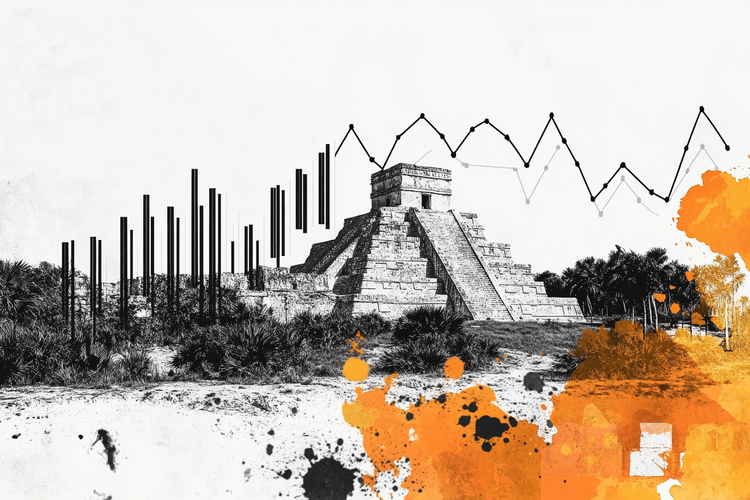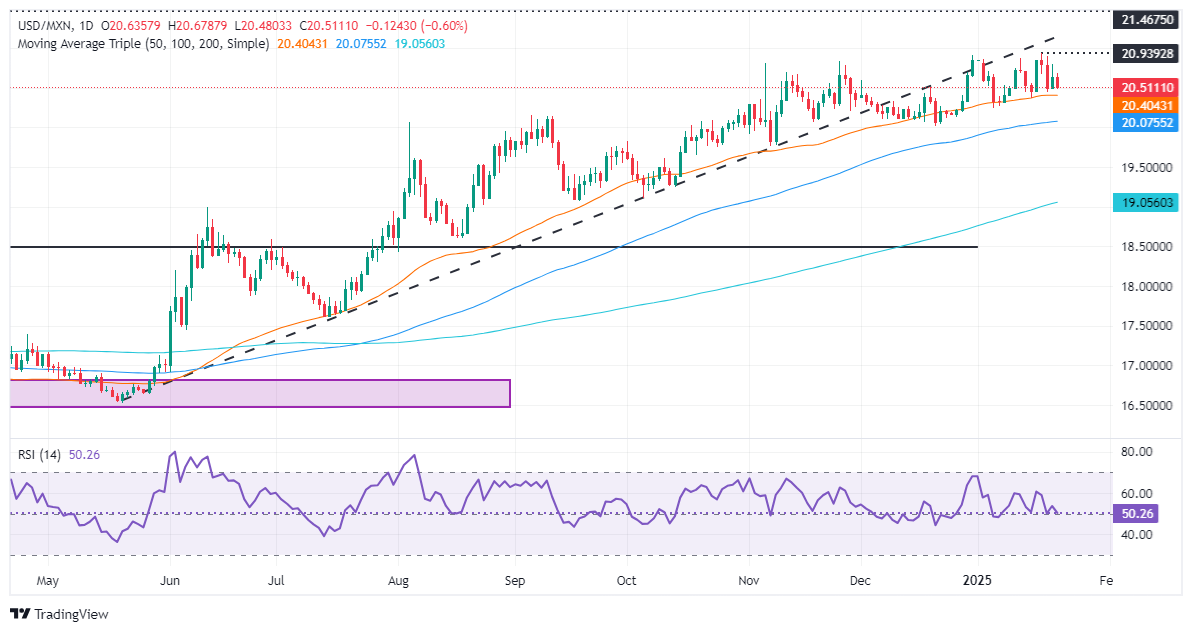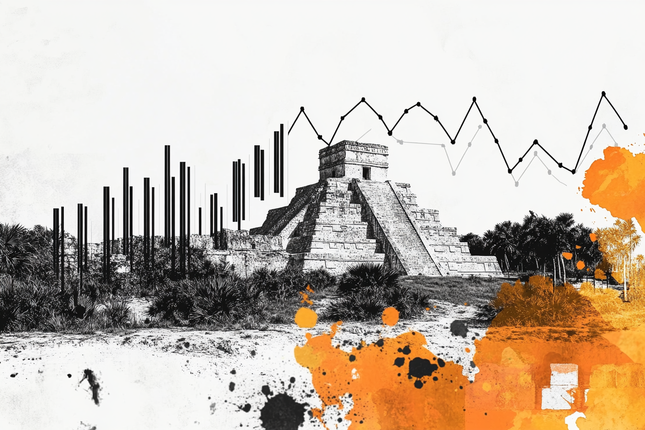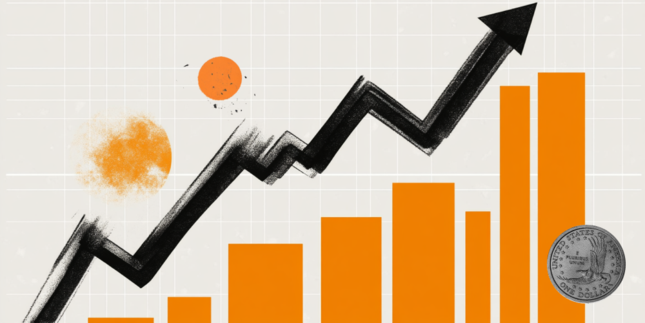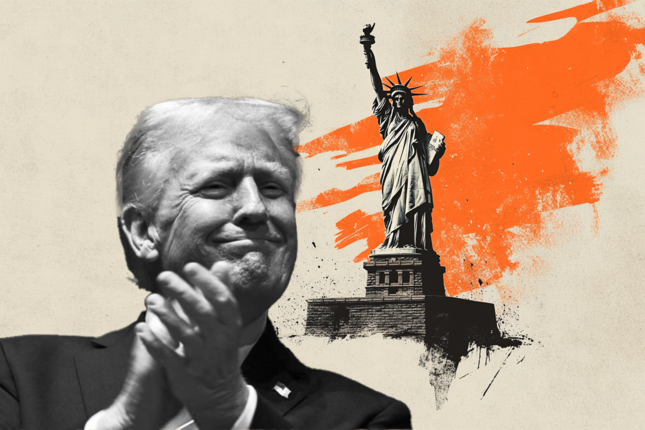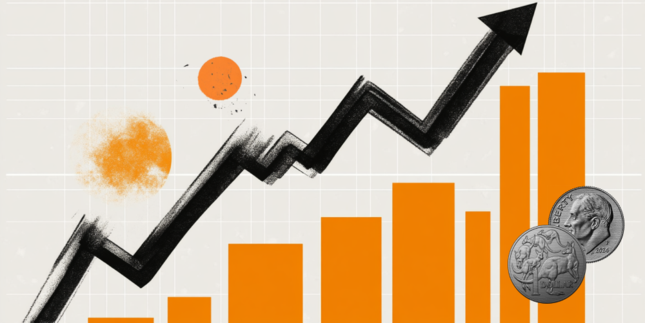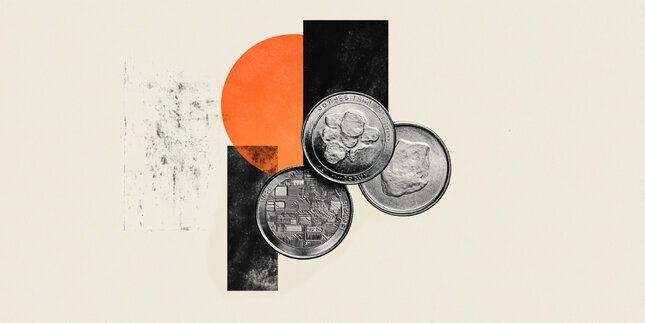Mexican Peso shrugs off Trump's trade rhetoric, advances
- Mexican Peso stabilizes after a volatile session due to Trump’s review of US trade policy.
- Mexican Foreign Affairs Minister and US Secretary of State discuss security and immigration in first diplomatic contact.
- Market anticipates upcoming Mexican economic reports on mid-month Inflation and Economic Activity.
The Mexican Peso (MXN) recovered on Wednesday after depreciating by 0.65% against the Greenback on Tuesday. Fears over Unites States (US) President Donald Trump's threats of imposing tariffs on Mexico faded and sponsored a leg-down in the USD/MXN pair, which trades at 20.50, down 0.24%.
Trump’s first days in office have kept the Peso volatile as traders assess his trade policy threats. In the meantime, President Trump ordered a comprehensive review of US trade policy, setting an April 1 deadline for recommendations that could significantly transform the country’s trade relations, including the US-Mexico-Canada Agreement (USMCA), which is set for its first revision in 2026.
Meanwhile, Mexican Foreign Affairs Minister Juan Ramon de la Fuente spoke with US Secretary of State Marco Rubio about security and immigration issues in the first official contact between the two diplomats.
Data-wise the Mexican and US economic dockets remained scarce. However, Citi revealed its Expectations Survey, which witnessed Mexican private economists downward review Gross Domestic Product (GDP) figures for 2025. Regarding inflation expectations, analysts estimate both headlines and core to dip below 4%, and the exchange rate to hoover near 21.00.
On Thursday, Mexico’s docket will feature January’s mid-month inflation figures and the November Economic Activity Indicator.
Daily digest market movers: Mexican Peso rises ahead of inflation data
- The Mexican Peso shrugs off harsh Trump’s tariffs rhetoric and appreciates against the Greenback.
- Citi Mexico Expectations Survey suggests that economists expect 2025 GDP to be 1%, while headline inflation will dip to 3.91% by the year’s end. Underlying inflation is foreseen to dip to 3.68%, while the USD/MXN is expected to finish the year at 20.95.
- Economists estimate that Banco de Mexico (Banxico) will lower rates by 25 basis points (bps) from 10.00% to 9.75%, though some analysts expect a 50 bps cut at the February 6 meeting.
- Reuters revealed, “In an interview following the central bank's December rate decision, Banxico Deputy Governor Jonathan Heath said the monetary authority may consider a rate cut of up to 50 basis points in its next session, scheduled for Feb. 6.”
- The divergence between Banxico and the US Federal Reserve (Fed) favors further upside in the USD/MXN pair.
- Mid-month inflation in January is foreseen to drop from 4.44% to 3.93%. Underlying inflation is expected to rise modestly from 3.62% to 3.69%.
- Money market futures have priced in 41.5 bps of Fed rate cuts in 2025, according to CME FedWatch Tool data.
USD/MXN technical outlook: Mexican Peso climbs as USD/MXN tumbles below 20.60
The USD/MXN remains upward biased despite falling below the 20-day Simple Moving Average (SMA) at 20.55. The pair travels around the 20.45 – 20.55 range amid the lack of a clear bias, but the Relative Strength Index (RSI) hints that in the near term sellers are in charge.
If bears push the USD/MXN below 20.45, look for a test of the 50-day SMA at 20.37. On further weakness, the exotic pair might challenge the 100-day SMA at 20.05, ahead of 20.00. On the other hand, if bulls clear the 20.55 ceiling level, this could pave the way to test the year-to-date (YTD) high at the 20.90 mark. If surpassed, the 21.00 mark would be exposed, followed by March 8, 2022 peak at 21.46 ahead of the 22.00 figure.
Banxico FAQs
The Bank of Mexico, also known as Banxico, is the country’s central bank. Its mission is to preserve the value of Mexico’s currency, the Mexican Peso (MXN), and to set the monetary policy. To this end, its main objective is to maintain low and stable inflation within target levels – at or close to its target of 3%, the midpoint in a tolerance band of between 2% and 4%.
The main tool of the Banxico to guide monetary policy is by setting interest rates. When inflation is above target, the bank will attempt to tame it by raising rates, making it more expensive for households and businesses to borrow money and thus cooling the economy. Higher interest rates are generally positive for the Mexican Peso (MXN) as they lead to higher yields, making the country a more attractive place for investors. On the contrary, lower interest rates tend to weaken MXN. The rate differential with the USD, or how the Banxico is expected to set interest rates compared with the US Federal Reserve (Fed), is a key factor.
Banxico meets eight times a year, and its monetary policy is greatly influenced by decisions of the US Federal Reserve (Fed). Therefore, the central bank’s decision-making committee usually gathers a week after the Fed. In doing so, Banxico reacts and sometimes anticipates monetary policy measures set by the Federal Reserve. For example, after the Covid-19 pandemic, before the Fed raised rates, Banxico did it first in an attempt to diminish the chances of a substantial depreciation of the Mexican Peso (MXN) and to prevent capital outflows that could destabilize the country.
Forex News
Keep up with the financial markets, know what's happening and what is affecting the markets with our latest market updates. Analyze market movers, trends and build your trading strategies accordingly.
